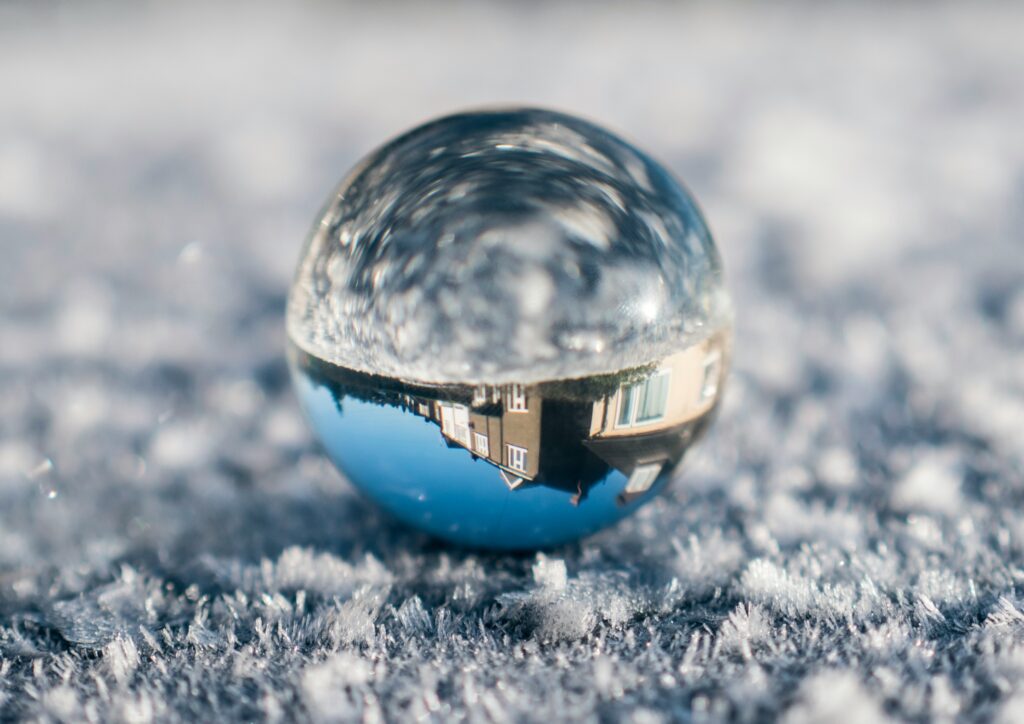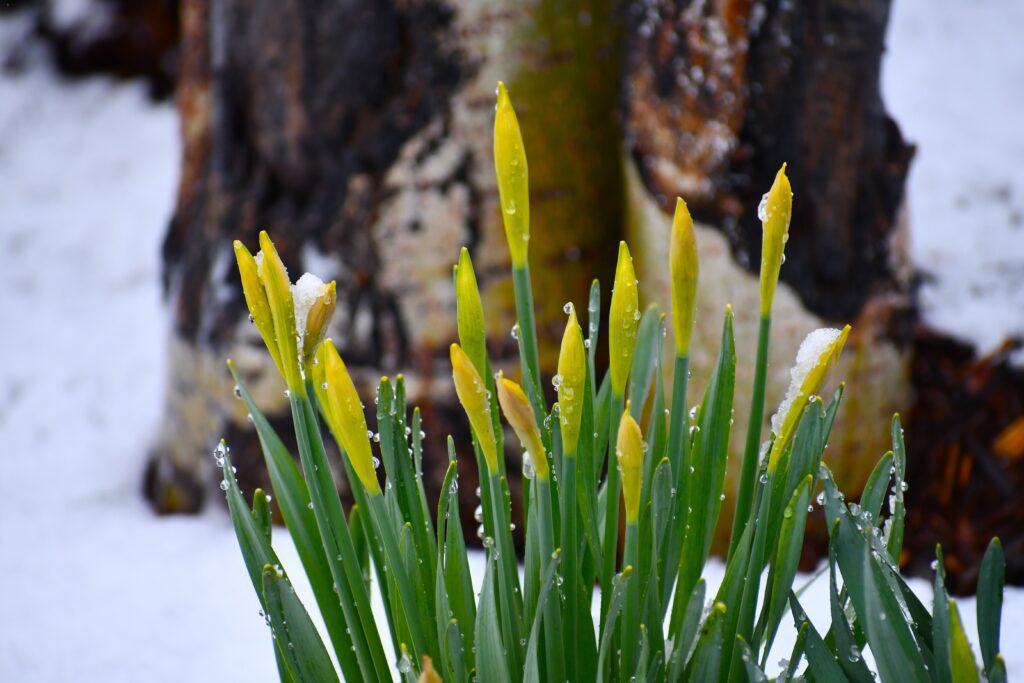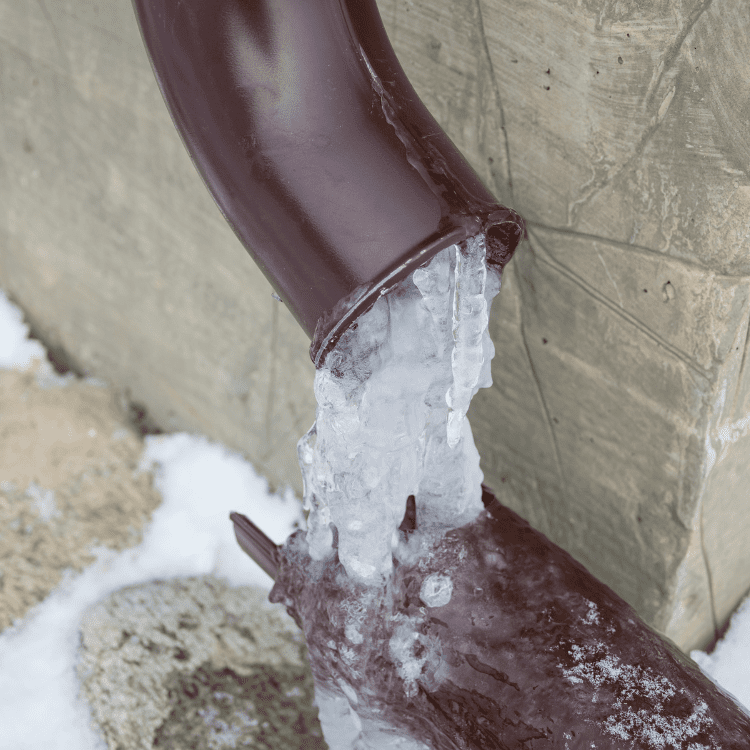Flooding, Plumbing, Winter Maintenance
Chill in the air, frost on the windows, and a surprise – frozen pipes! The Northern lights and winter in Edmonton may be amazing, but when your hom...

Chill in the air, frost on the windows, and a surprise – frozen pipes! The Northern lights and winter in Edmonton may be amazing, but when your home's plumbing starts to play its own icy symphony, it's time to take action. Do you have a game plan? Do you know how to thaw frozen pipes? Let's thaw out the mystery together and navigate the chilly waters of home plumbing solutions!
Common Signs of Frozen Pipes
The first step in tackling frozen pipes is recognizing the signs. Recognizing the subtle cues that hint at plumbing troubles is crucial for timely intervention and avoiding potential damage. Here are some common signs of frozen pipes in Edmonton that homeowners should be on the lookout for:
Reduced Water Flow: One of the early signs is a noticeable decrease in water flow from faucets and showerheads. If you suddenly experience weaker water pressure, it could be an indication of frozen pipes.
Strange Noises: Gurgling or clanking sounds coming from the plumbing system can be a signal of trapped air due to frozen pipes. Pay attention to any unusual noises when using water fixtures.
Frost on Exposed Pipes: Inspect visible pipes, especially in areas like basements, crawl spaces, or garages. Frost on the exterior of pipes is a clear sign that they are exposed to freezing temperatures.
Unpleasant Odors: Frozen pipes can sometimes lead to blockages, causing water to back up. This can result in unpleasant smells emanating from drains or faucets due to trapped debris.
Difficulty in Flushing Toilets: If you notice difficulty in flushing toilets or slow drainage in sinks and tubs, it could be an indication of frozen pipes affecting the wastewater flow.
Visible Condensation: Condensation on the exterior of pipes may seem counterintuitive in freezing temperatures, but it can occur when the interior of the pipe is frozen, and the exterior is exposed to warmer air.
Water Temperature Fluctuations: Inconsistent water temperatures, particularly water coming out much colder than usual, can be a sign that pipes are frozen and restricting the flow of hot water.
Peculiar Smells from Faucets: If water from faucets has a strange or different odor, it could be a result of stagnant water due to frozen pipes impeding normal water flow.
Keeping an eye out for these signs can help homeowners identify and address frozen pipes before they lead to more significant issues. If you spot any of these indicators, taking prompt action is crucial to prevent further damage.
How to Detect and Find Frozen Pipes in Your House
Locating exposed pipes in key areas, using a pipe thermometer for temperature assessment, and checking for bulging or frost on the exterior are effective ways to detect and find frozen pipes in your house. Small sections of pipe will thaw fairly quickly, but if you have a larger area or multiple pipes, you may need to call a plumber.
Thawing Frozen Pipes
Prompt action is crucial. Locate the main water supply and turn it off. Open faucets to relieve the pressure, and use a safe heat source for thawing. Waiting for pipes to thaw on their own may lead to further complications. Follow these easy steps to thaw frozen pipes.
1. Identify the Frozen Section
Begin by determining which section of the pipe is frozen. This may be evident from reduced water flow, frost on the exterior, or by following the exposed pipes in colder areas of your home.
2. Turn Off the Water Supply
Locate and turn off the main water supply to prevent further water from entering the frozen pipe. This minimizes the risk of burst pipes when thawing begins.
3. Open Faucets
Open the affected faucets both hot and cold to allow water to flow through the pipes once thawing begins. This relieves pressure in the system.
4. Apply Heat Safely
Safely apply heat to the frozen section. Use a hairdryer, heat lamp, or electric heating pad. Start from the end nearest the faucet and move towards the blockage. Never use an open flame.
5. Use Warm Towels
Wrap warm towels around the frozen pipe. Soak the towels in hot water and replace them as needed. This provides consistent heat to the pipe.
6. Utilize a Space Heater
If the frozen pipe is accessible and there's enough space, use a space heater to gently warm the area. Keep it a safe distance from flammable materials.
7. Thawing with Hot Water
Carefully pour hot water over rags wrapped around the frozen pipe. Continue until the ice inside the pipe has melted and water flows freely.
8. Check for Thawing
Periodically check the faucets for water flow as you apply heat. Once the water starts flowing steadily, the pipe is thawed. Keep the faucets open for a few minutes to ensure complete thawing.
9. Insulate Pipes
After thawing, consider insulating pipes in vulnerable areas to prevent future freezing. This is especially important for pipes in basements, crawl spaces, and exterior walls.
10. Seek Professional Help if Needed
If you're unable to locate the frozen section or if the situation is beyond your control, it's advisable to call a professional plumber for assistance.
Remember, safety is paramount during this process. Avoid using excessive heat, open flames, or tools that can damage the pipes. Thawing should be a gradual process to minimize the risk of pipe bursting.
FAQ
Will Frozen Pipes Thaw on Their Own?
Understanding why waiting might not be the best option and the risks associated with allowing pipes to thaw naturally. While it's tempting to hope that frozen pipes will thaw as temperatures rise, it's not a guaranteed solution. The severity of the freeze, the length of exposure, and the insulation around the pipes all play crucial roles in determining whether pipes will naturally thaw.
How Long Can Pipes Be Frozen Before They Bust?
The duration that pipes can remain frozen before the risk of bursting depends on several factors. The severity of the freeze is a crucial factor. In extremely cold temperatures, pipes are more susceptible to freezing quickly. Warmer freezes may allow pipes to withstand the cold for a longer duration.
What Do Plumbers Do to Unfreeze Pipes?
Plumbers employ a range of professional techniques to efficiently and safely unfreeze pipes. We begin by assessing the extent of the frozen pipes and identifying the location of the blockage. Advanced tools, such as infrared thermometers, may be used to pinpoint the frozen pipe.
Methods used frequently include a heat gun, heated blankets, and other devices that heat metal slowly to prevent the pipe from breaking as it thaws out.
Winter plumbing challenges are a part of life in Edmonton, but armed with the right knowledge, you can thaw out the inconvenience. Whether it's detecting the subtle signs or understanding the do's and don'ts of thawing, our guide has you covered. Embrace the winter wonderland without letting it freeze your pipes!
Always Plumbing and Heating is a premier plumbing and heating company serving the Edmonton area. If you need help with frozen pipes, we’re just a call away. We’ll use our knowledge and expertise to solve all of your plumbing or heating needs.



